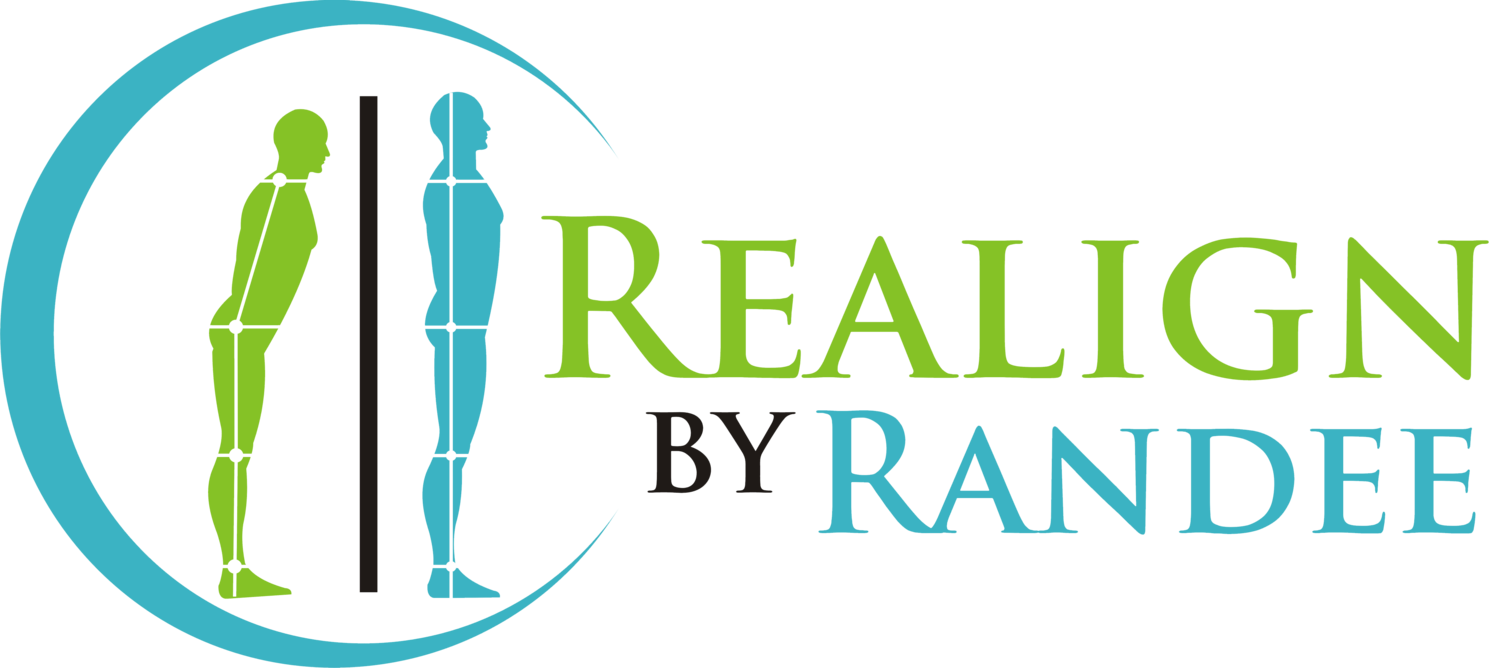Potential for Scoliosis Take 2 - Menopause
Many women who were diagnosed with scoliosis as a teen with a lower degree of spinal curve were just monitored. Fantastic if you didn’t need a brace or surgery. The problem is scoliosis has a secondary window where it can sneak up on you - after menopause.
Why does it change again?
Hormones, osteoporosis, postural habits, decrease in activity. Hormones from different organs in the body all have influence over bone growth and re-structuring of bones. The cause of loss of bone density can be too much or not enough of hormones. Like anything else balance is key.
Who is most at risk?
A women whose curve started in adolescence is more at risk. However, adult scoliosis can develop with aging and degeneration whether you had it as a teenage or not.
What are other risk factors?
Poor nutritional habits, steroid medications, thyroid medications, diabetes type 1 all play a role in weakening the bone which can result in excessive spinal curves
How does the scoliosis start if I didn’t have the curve as a teen?
Degeneration of the vertebrae that occurs more on one side of each vertebrae allows for the spine to bend.
What can I do?
Be proactive! Posture Alignment programs like the Egoscue Method help prevent progression. Even better they can help stop pain that is a result of spinal changes.
